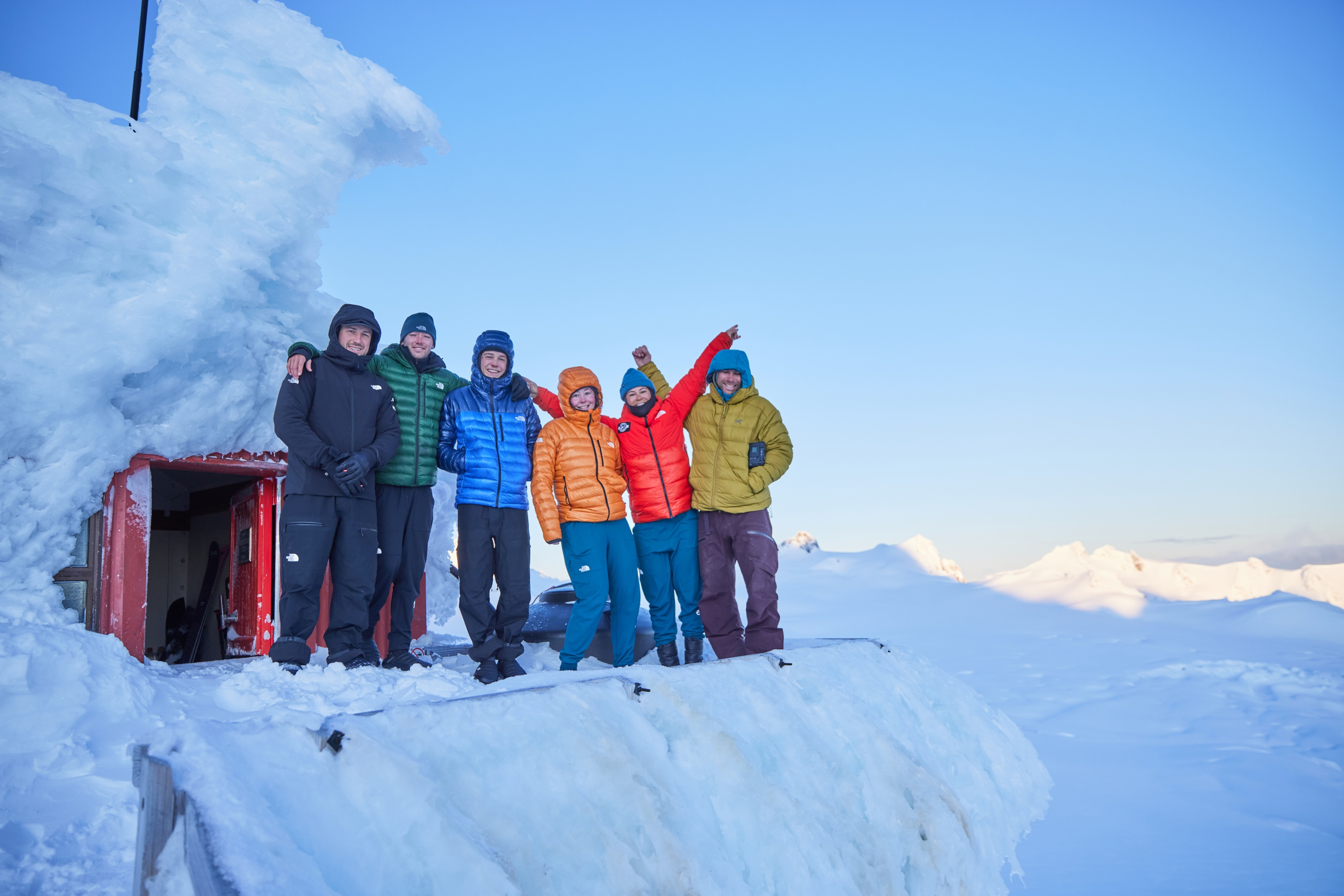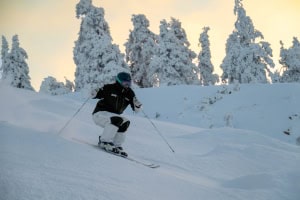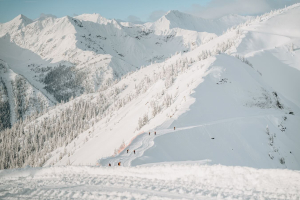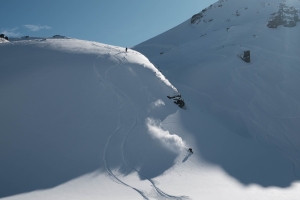Hut Guide: Discovering New Zealand’s Backcountry Network
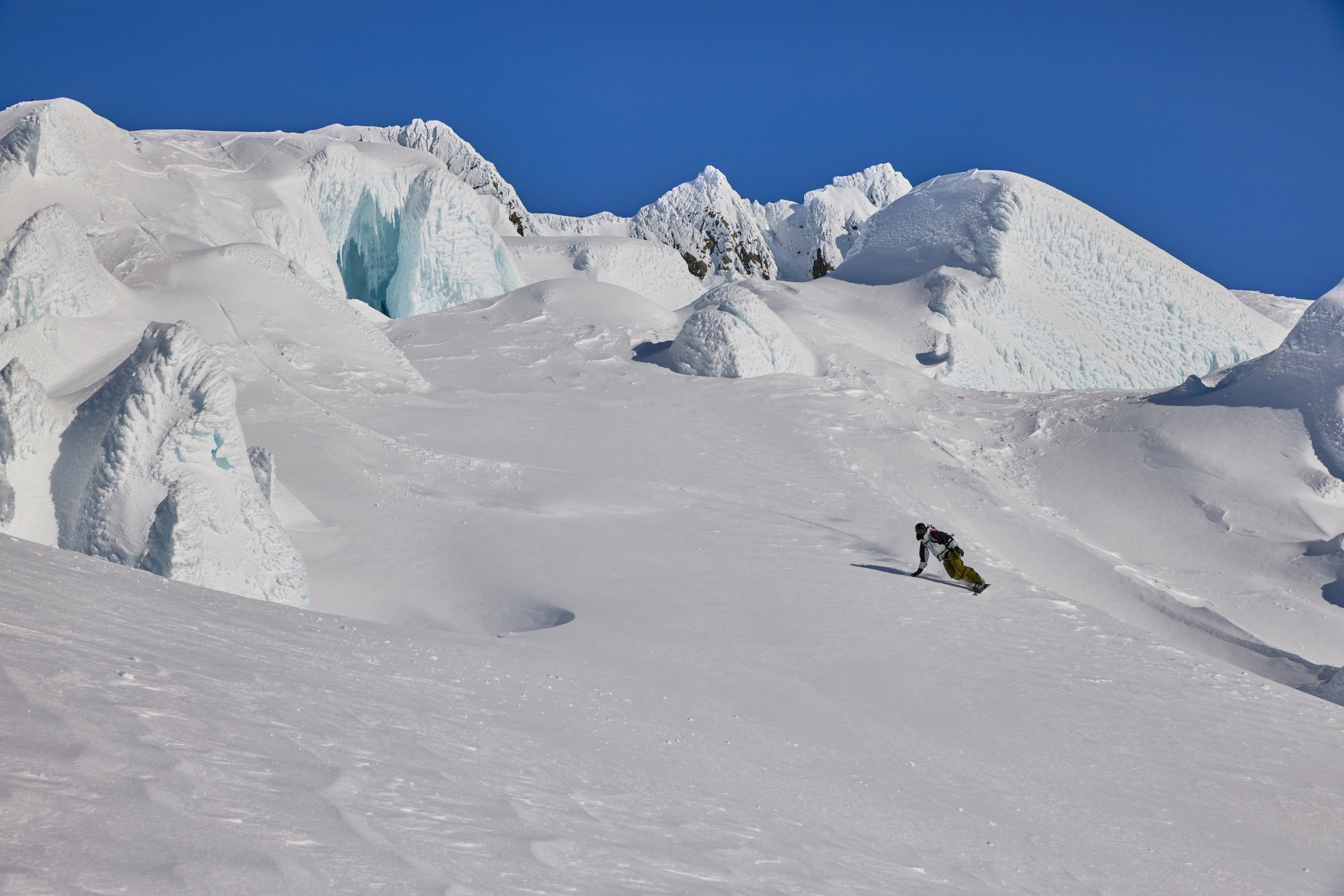
Mountainwatch | Janina Kuzma. Photos Camilla Rutherford
I first stepped into a New Zealand alpine hut in 2008. It was late spring in the Southern Alps, and Kelman Hut sat like a weather beaten sentinel on a spur above the Tasman Glacier. The sun was out as we arrived and it was a perfect day to be in the mountains.
I remember pushing open the door of the red colour steeled hut, walking in and choosing a bunk, still unaware that this sturdy, alpine refuge had been sheltering adventurers for decades.
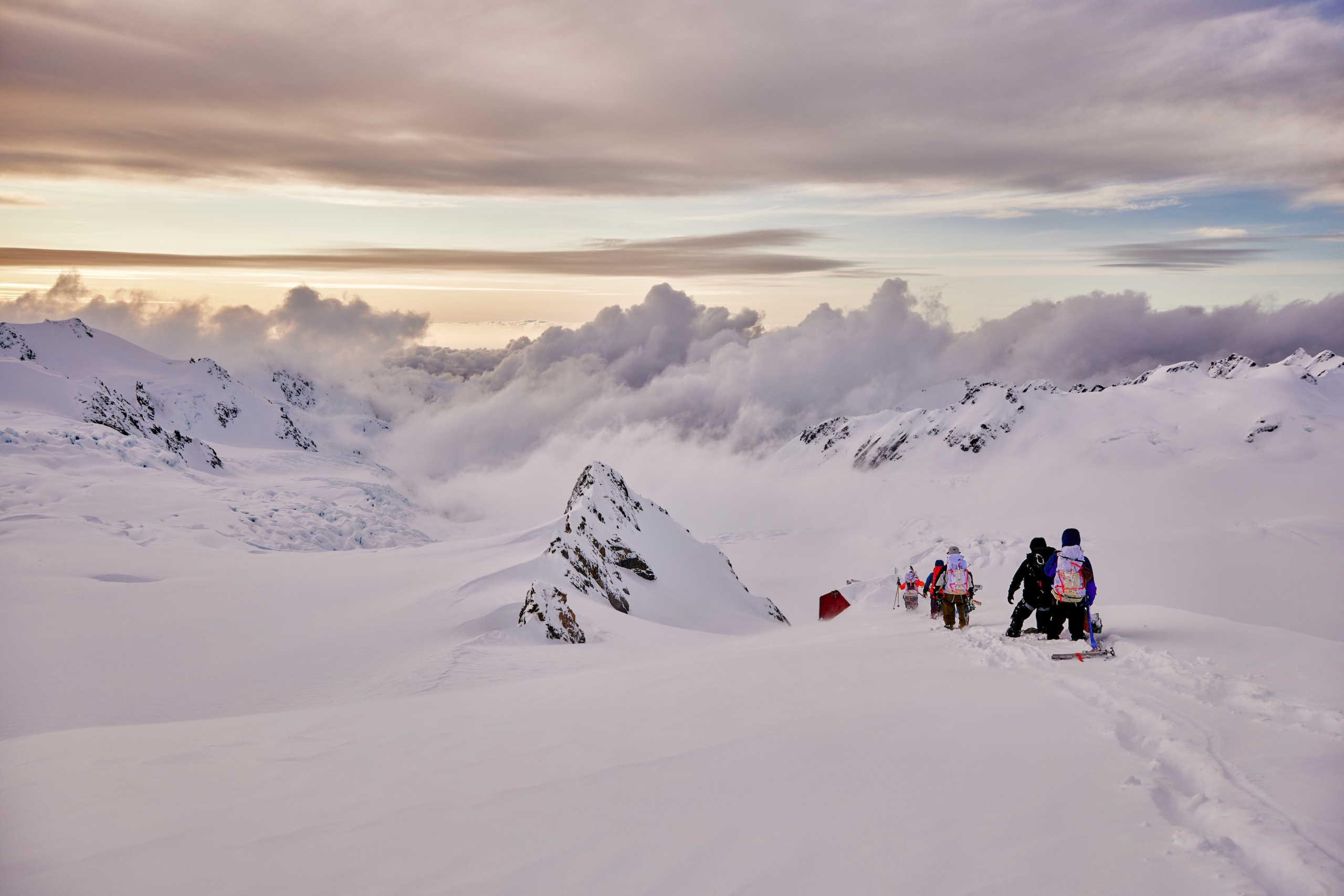
We thought we’d have the place to ourselves, but a lone American ski bum emerged from the bunk room beside the kitchen. He had apparently been surviving off leftover supplies from previous parties and was planning to link huts across the ice. That evening, right on schedule, DOC (Department of Conservation) crackled through the wall radio.
“Kelman Hut, Kelman Hut, name of party in residence?”
We gave our numbers, five in our group, one solo traveller and listened as the mountain weather update came in. I was stunned to learn there were dozens of other huts in the area. Until that moment, I hadn’t even known these places existed.
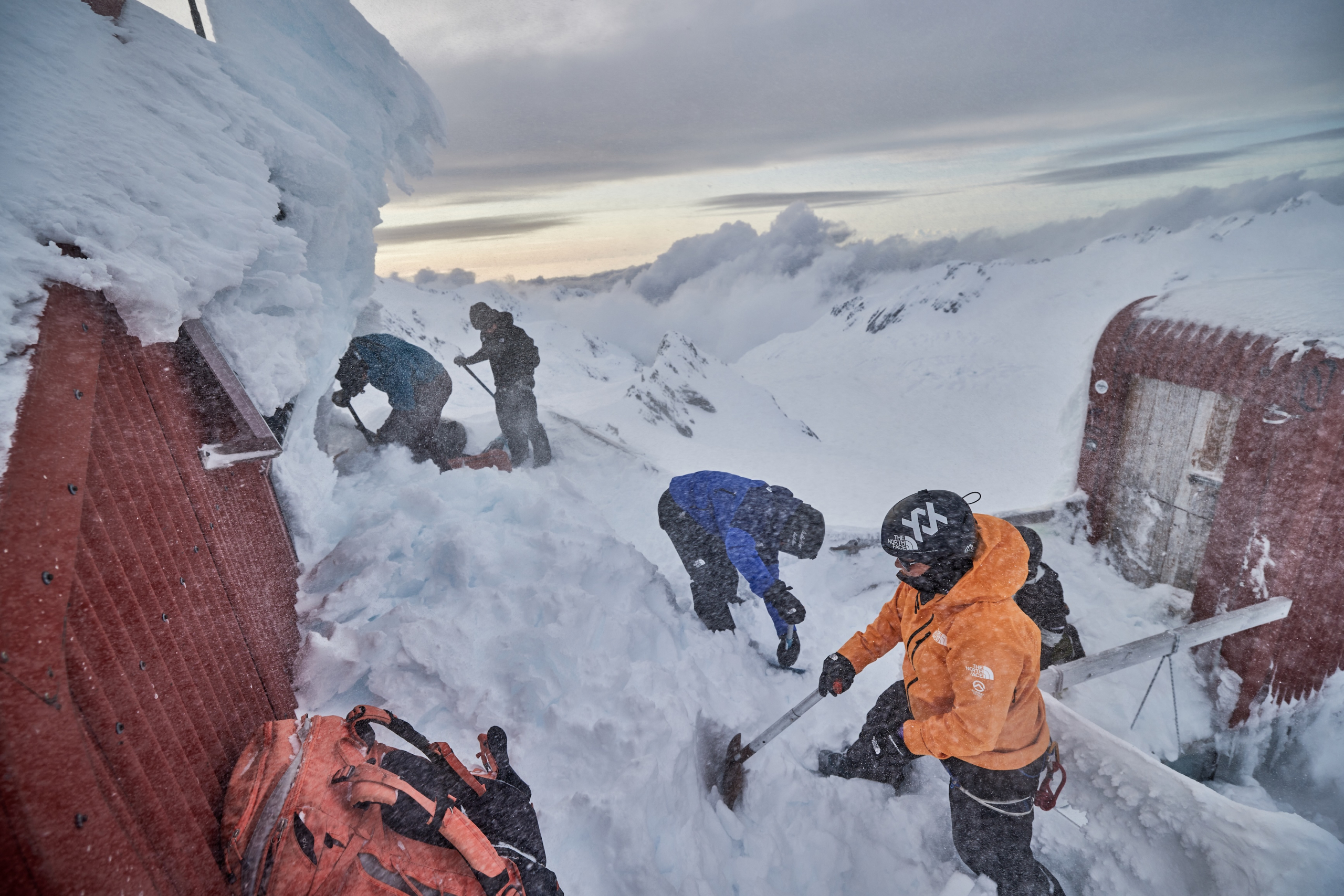
Fast forward fifteen years, and I’ve slept in more than my fair share of New Zealand huts, in every season and for every purpose. Basecamps, storm shelters, and front row seats to some of NZ’s most incredible terrain. I’m still convinced the hut network is the greatest asset in Kiwi outdoor culture. And the best part is anyone with a bit of planning and mountain sense can tap into it.
New Zealand has over 950 backcountry huts. Some are managed by DOC, others sit on private land or are run by alpine clubs. A few are only accessible by ski touring, helicopter, or a solid multi-day hike.
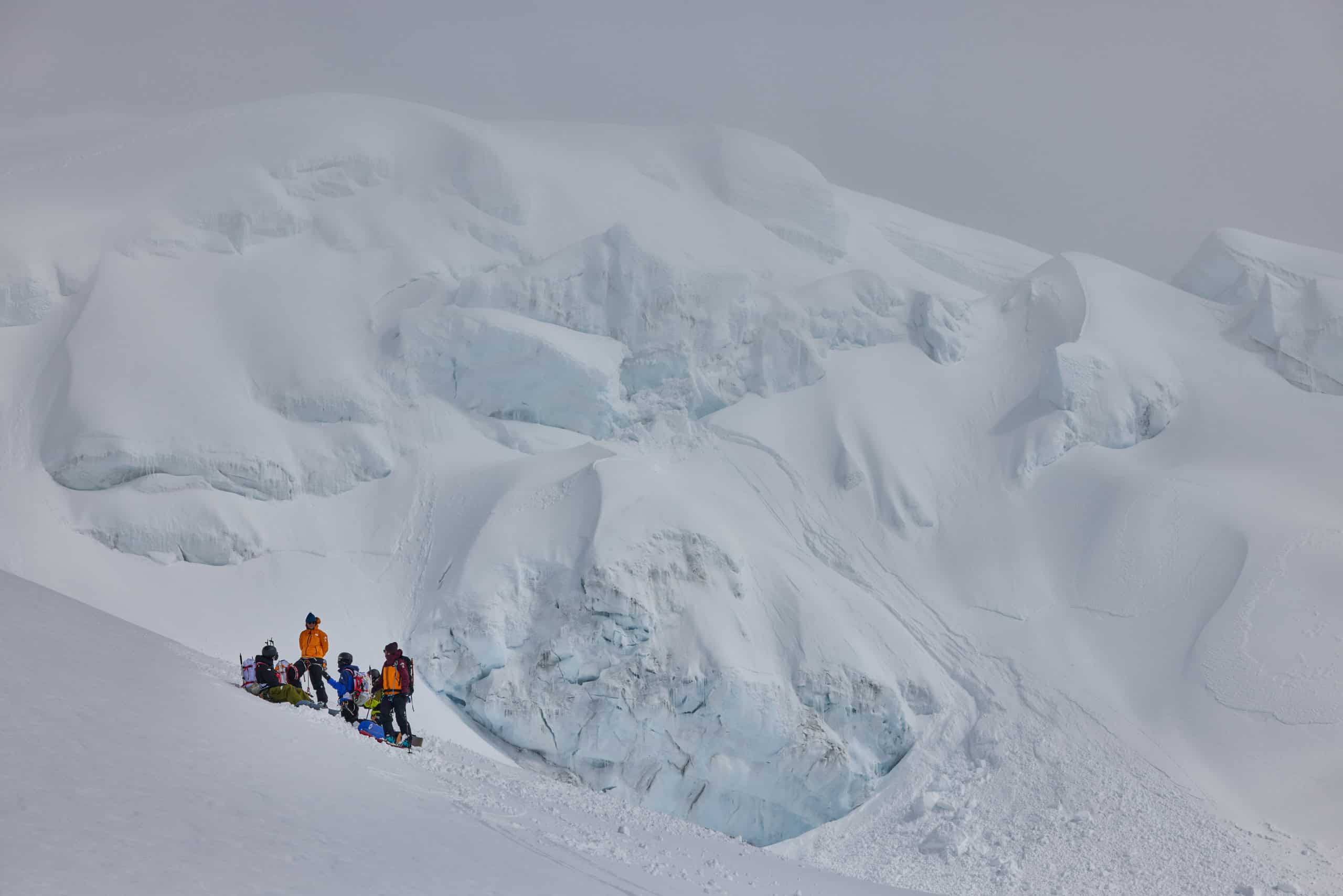
Huts here aren’t luxurious, but to any ski bum, they absolutely are. These huts are designed for function and most definitely not for comfort. Expect shared spaces, bunk beds or sometimes just sleeping on the floor or communal bench, a table, and the basics. Many huts don’t have heating, electricity, or running water.
Some alpine huts may have gas cookers, solar lighting, or radios for weather updates, but others require you to bring in everything from fuel, toilet paper, cooking gear and common sense. What huts lack in comfort, they make up for in character and community. Sitting around the table, sharing a meal, or swapping stories with strangers as the sun fades behind the peaks – that’s hut life.
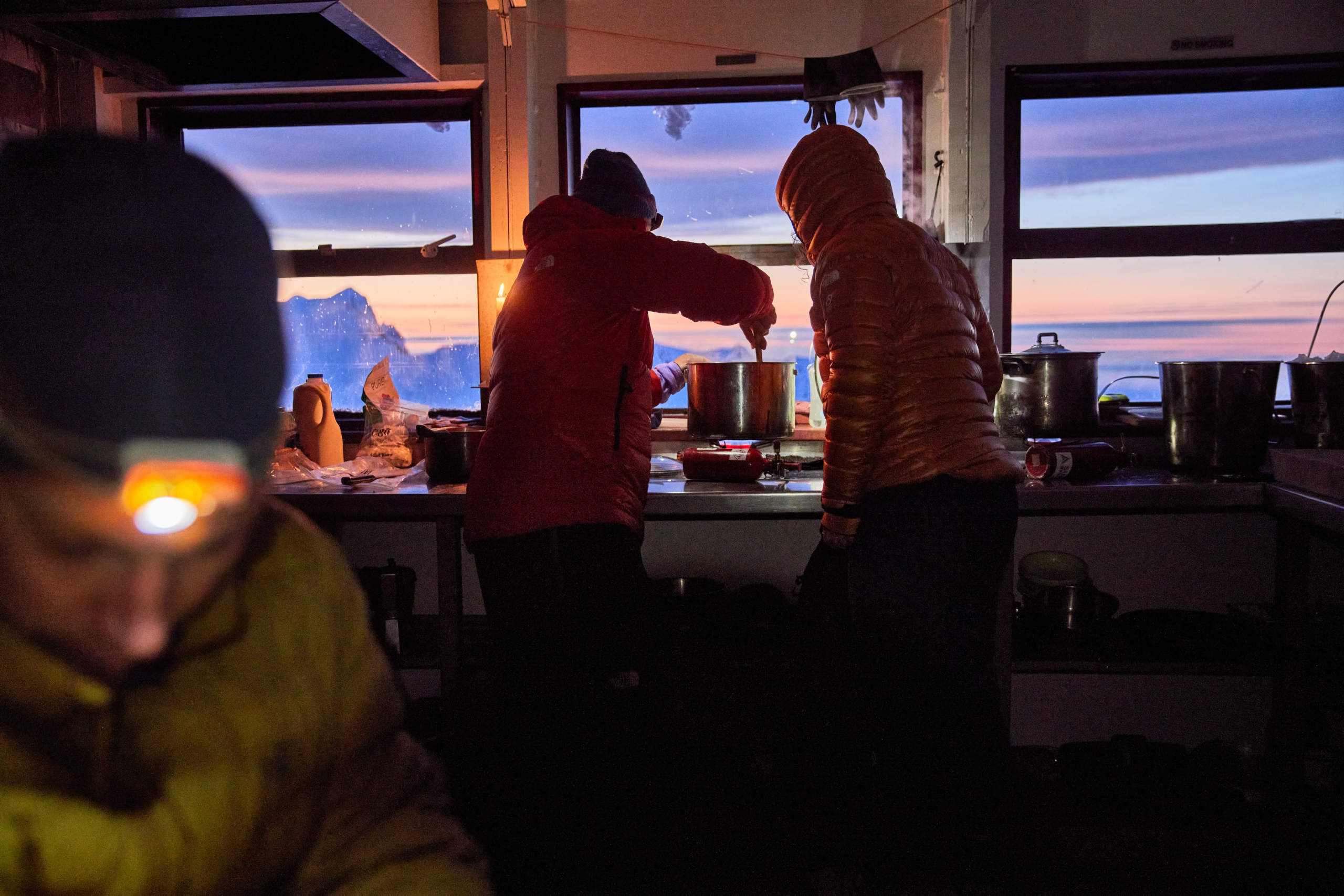
There are a couple different type of huts. There are DOC Huts which range from basic – a roof and sleeping platform with basic mattresses, to serviced huts with mattresses, water supply, and heating. Most are first come, first served, though some can be booked in advance. The Alpine huts are often used for ski touring or mountaineering. Most of these huts sit in glaciated accessed by helicopter, or a very long walk in by foot and or skis. Private or club huts are run by alpine clubs, landowners, or guiding companies. These may require permission or membership to access.
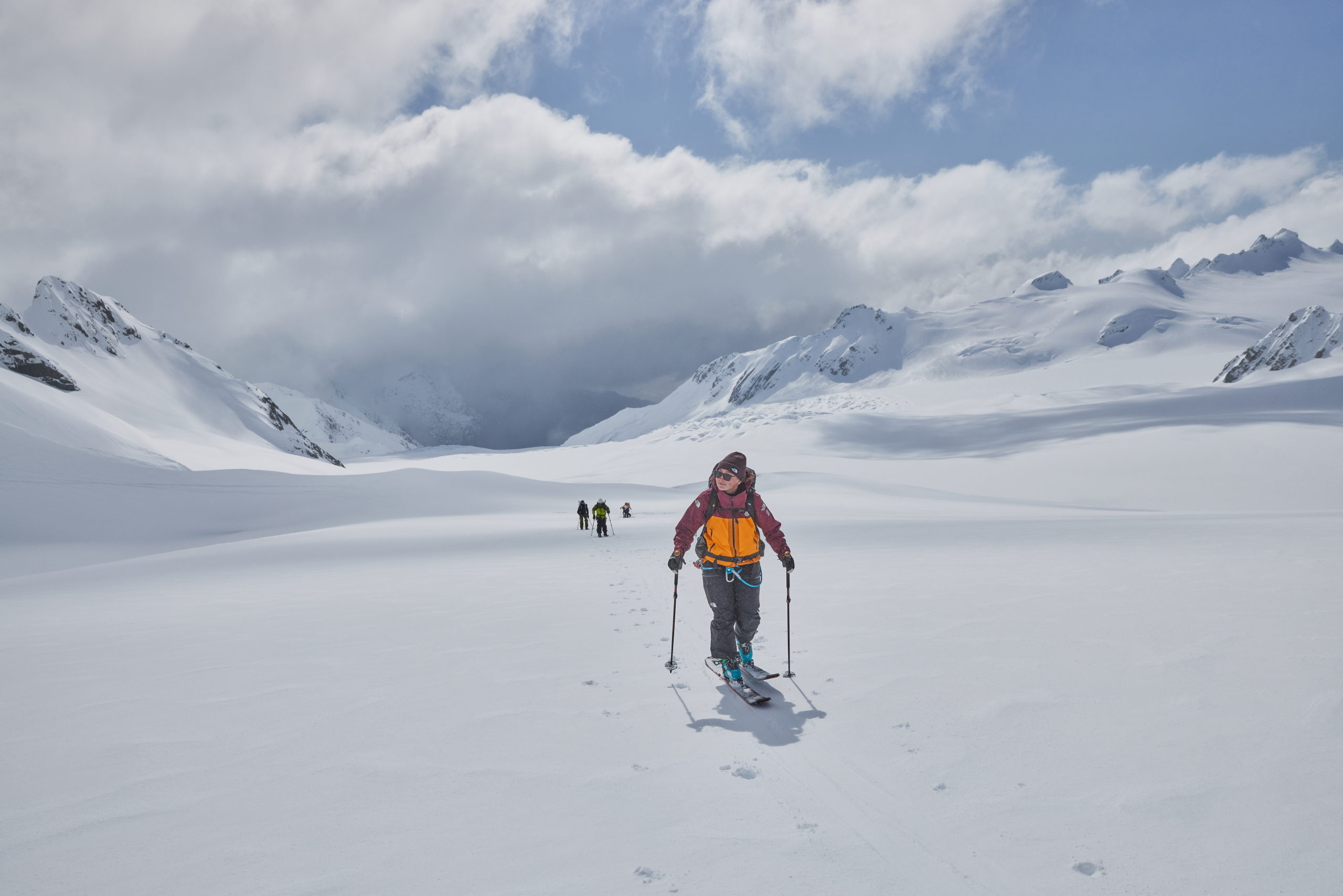
Last season, I guided a crew of The North Face athletes on their first West Coast hut trip. For many, it was their first experience with glacier travel and high alpine hut life. We flew into Centennial Hut by helicopter and had to dig out the entrance as a team just to get inside. We spent the week exploring the terrain, but avalanche conditions meant we couldn’t link to other huts as planned. Still, being alone on the glacier, with no one else in sight and views stretching all the way to the ocean is always unreal. It felt good to show them what makes the West Coast’s glaciers and huts so unique and a solid reminder of why these places matter so much.
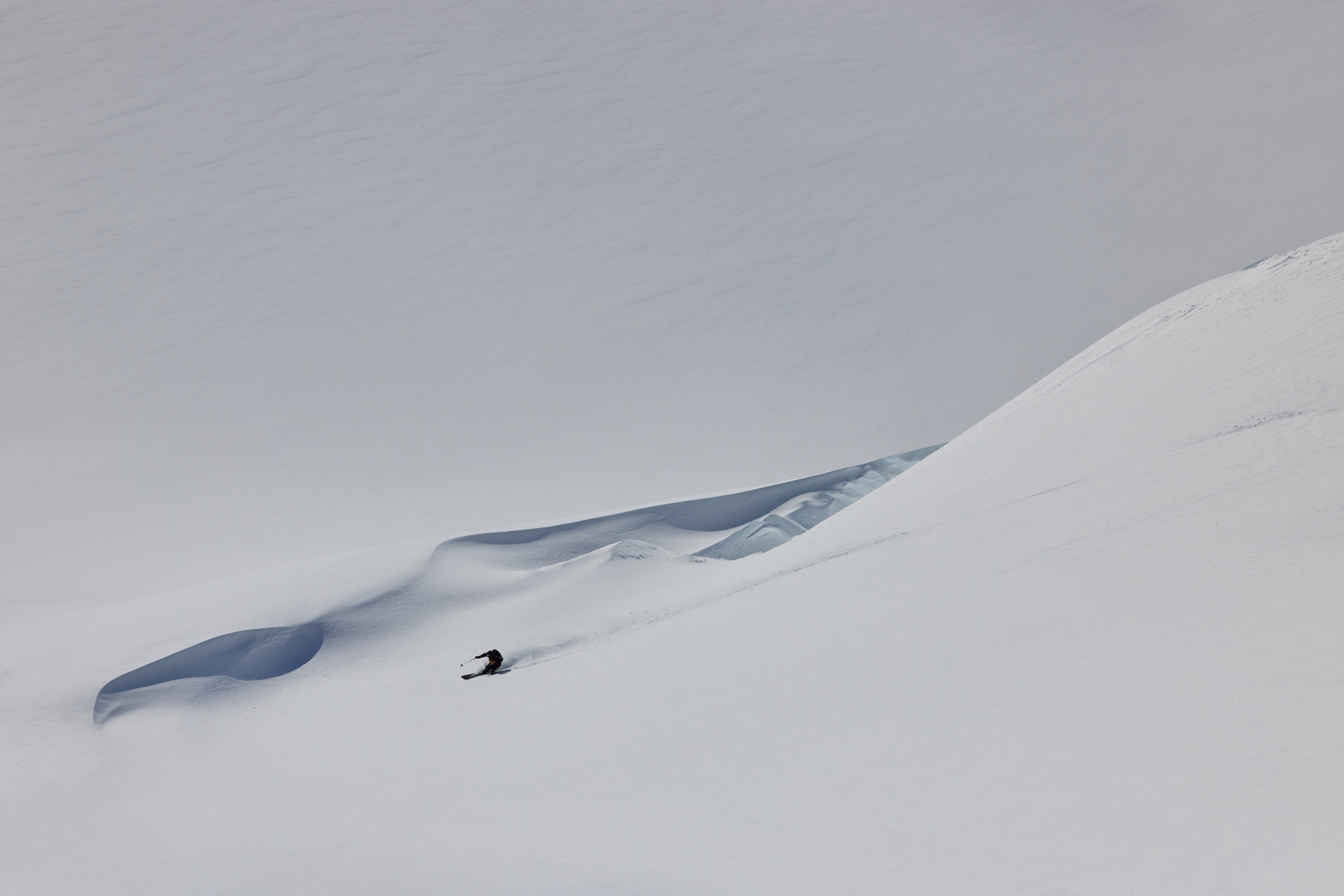
Hut etiquette of the unwritten rules
- Leave no trace make sure to pack out all rubbish.
- Clean up after yourself and leave the hut better than you found it.
- Share the space and don’t sprawl across every surface.
- Respect others. This mean keep noise down, especially at night.
- Log your trip. Use the hut book for safety and stories.
- Always check the forecast. Weather and avalanche conditions change fast.
If you’ve never stayed in a NZ hut before give it a go. Do your research, prepare properly, and go with a guide if you’re unsure. The huts are there for all of us to use, they connect us to the landscape, to each other, and to a rich tradition of Kiwi backcountry adventure. There’s no WIFI out there but you’ll find something much better.
